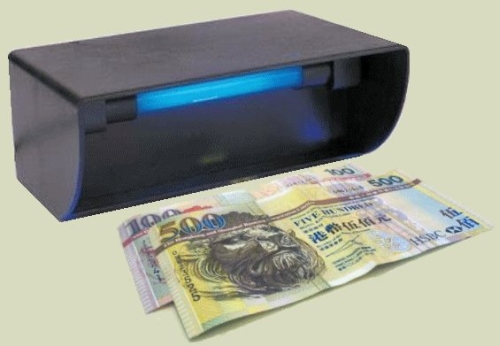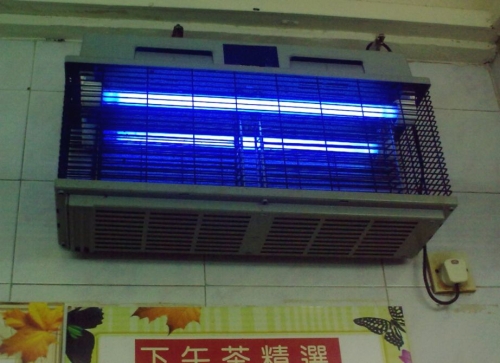Harmful and beneficial effects of UV radiation
What is UV radiation?
The sun emits electromagnetic radiation of different wavelengths (i.e. different energy). Some of the radiation, such as that making up the colours of rainbow, is visible which our eyes can see. The part of radiation beyond the violet end of visible light is called UV radiation which our eyes cannot see.
What are UVA, UVB and UVC?
Based on the wavelength, UV radiation can be broadly subdivided into UVA, UVB and UVC. Their main characteristics are shown in the following table.
|
|
UVA
|
UVB
|
UVC
|
|
Wavelength (nanometer, nm)
|
315-400
|
280-315
|
100-280
|
|
Absorption by the ozone layer
|
Nil, i.e. it goes through the ozone layer
|
Mostly absorbed by the ozone layer
|
Practically all absorbed by the ozone layer
|
|
Amount reaching the Earth's surface
|
> 98% of UV radiation reaching the Earth is UVA
|
< 2% of UV radiation is UVB
|
Negligible
|
What are the harmful health effects of UV radiation?
Excessive exposure to UV radiation from the sun may cause painful sunburns, wrinkling and premature ageing of the skin as well as increase the risk of skin cancers and cataracts. In respect of skin cancer, about 80% of all cases may be attributable to excessive exposure to sunlight. Specifically, studies suggested that UVB causes tanning of our skin slowly but significantly promotes the development of skin cancer, while UVA is responsible for the wrinkling, ageing and immediate tanning effects and may also enhance the development of skin cancer. In respect of cataracts, the World Health Organization estimates that up to 20% of cataracts may be due to UV overexposure. Therefore, one must not underestimate the potential harm UV overexposure may bring.
What are the effects of UV radiation on plastics and dyes?
Many polymers used in plastic consumer products are degradable by UV radiation. When exposed to sunlight for a prolonged period, discoloration or even cracking of the product may occur. Many dyes and pigments may change colour after exposure to UV radiation. Therefore, antique paintings need to be protected from sunlight. For the same reason, taking photos of paintings with flash, which emits UV radiation, is normally prohibited in art galleries.
Are there any beneficial effects of UV radiation on human health?
A moderate exposure to the sun helps our body to produce vitamin D which could bring increased absorption and better utilization of calcium and phosphorus required for healthy bones and minimized risk of bone fracture.
What are the applications of UV radiation?
UV radiation has many applications in our daily life. The following presents some examples.
|
Application
|
Principle
|
Type of UV radiation used
|
|
Disinfection of drinking water and sterilization of apparatus
|
High energy UV radiation destroys the DNA of bacteria and microorganism.
|
UVC
|
|
Picking out counterfeit banknotes
|
Genuine banknotes have fluorescent marks that are visible only under ultraviolet light.
|
UVA
|
|
Hardening of inks and coatings
|
Certain inks and coatings harden when exposed to UV radiation.
|
UVA or UVB
|
|
Pest control
|
Insects are attracted to the UV light and killed by the electric shock in bug zappers.
|
UVA
|
|
Medical applications such as treatment of psoriasis (a kind of disease causing red and scaly skins)
|
UV radiation can suppress the immune system and reduce inflammatory responses.
|
UVA or UVB
|

UV lamp for picking out counterfeit banknotes

A bug zapper
References
- "Global Solar UV Index: A Practical Guide", World Health Organization, 2002.
- "Safety under the Sun - Protect yourself against UV Radiation" - pamphlet published by the Department of Health and the Hong Kong Observatory, 2006.